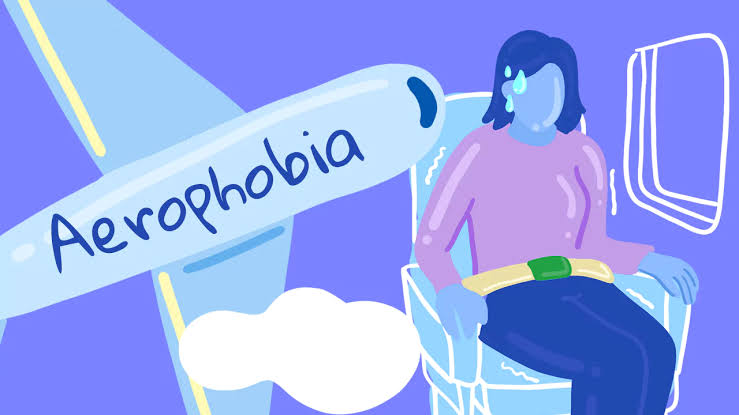Aerophobia, commonly known as the fear of flying, is a prevalent anxiety disorder that affects individuals of all ages. While air travel has become an integral part of modern life, for those with aerophobia, the thought of boarding an airplane can evoke intense fear and panic. Understanding the underlying causes, symptoms, and treatment options for aerophobia is essential for individuals seeking to overcome their fear and enjoy stress-free air travel.
Understanding Aerophobia:
Aerophobia can develop due to various factors, including past traumatic experiences, fear of enclosed spaces, or fear of heights. Negative experiences such as turbulence, accidents, or witnessing aviation-related incidents can contribute to the development of aerophobia. Additionally, fear of losing control or being unable to escape during flight can exacerbate anxiety symptoms. Media coverage of aviation accidents and sensationalized portrayals of air travel risks can also reinforce aerophobia.
Symptoms and Impact:
Individuals with aerophobia may experience a range of physical and psychological symptoms when faced with the prospect of flying. Common symptoms include sweating, trembling, rapid heartbeat, shortness of breath, and avoidance behavior. The fear of flying can significantly impact individuals’ lives, leading to avoidance of air travel, limitations in career opportunities, and strained personal relationships.
Treatment Options:
Fortunately, aerophobia is a treatable condition, and several therapeutic approaches can help individuals overcome their fear of flying. Cognitive-behavioral therapy (CBT) is one of the most effective treatments for phobias, including aerophobia. Through CBT, individuals learn to identify and challenge irrational thoughts and beliefs about flying, gradually exposing themselves to controlled flight-related stimuli to desensitize fear responses.
Exposure therapy, a component of CBT, involves gradual and systematic exposure to flying-related situations in a safe and controlled environment, allowing individuals to confront their fears gradually. Virtual reality exposure therapy (VRET) is a promising alternative that uses immersive technology to simulate flight experiences, providing a realistic yet controlled environment for exposure.
Mindfulness techniques, relaxation exercises, and stress management strategies can complement therapeutic interventions, helping individuals cope with anxiety and reduce physiological arousal associated with aerophobia.
Empowerment and Recovery:
Overcoming aerophobia requires dedication, persistence, and a willingness to confront fears head-on. With the support of qualified mental health professionals and a personalized treatment plan, individuals can conquer their fear of flying and regain control over their lives. By understanding the origins, symptoms, and treatment options for aerophobia, individuals can embark on a journey of empowerment and recovery, embracing air travel with confidence and ease.
Source – Wikipedia



